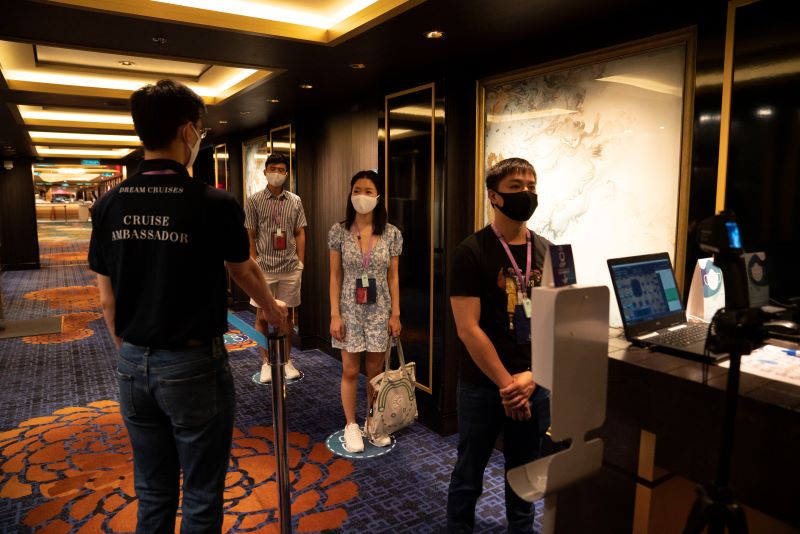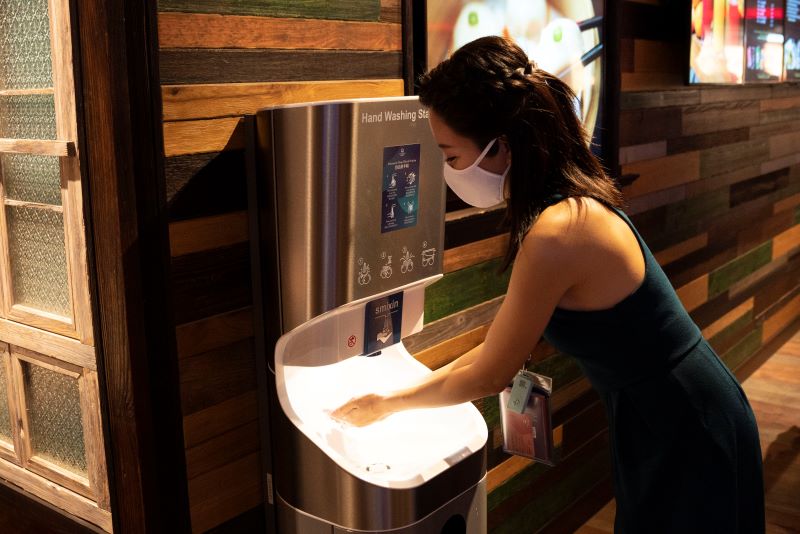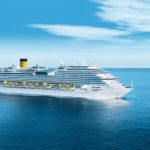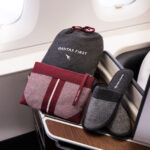
(TAN): Hundreds of passengers set sail on Singapore’s first “Cruise to Nowhere” on November 6, operated by Genting Cruise Lines. Genting was one of the two firms that were permitted to offer such round-trips with no ports of call as part of a pilot scheme announced by the Singapore Tourism Board last month, as the industry seeks to bounce back from a pandemic-induced crunch.
The ship, World Dream liner, departed Friday evening into the Malacca Strait, a major shipping lane between the Indian and Pacific Oceans, and will head into international waters before returning to the city-state Sunday (November 8), said media reports.
Michael Goh, head of international sales at Genting Cruise Lines, said this marks an important milestone in the recovery process for the cruise tourism industry of the Lion City.
Keeping the pandemic situation in mind, a raft of safety measures were introduced. The ship operated with about 1,400 passengers, almost half its capacity to ensure social distancing among the guests.

The operator of the ship, Genting, arranged health screening and antigen rapid test for the guests in the cruise terminal itself, the results of which were made available within an hour.

The ship has seven isolation cabins, turned into negative pressure isolation rooms to house suspected or positive cases, and 34 quarantine rooms for their close contacts, according to media reports.
Dr Mark Tu, 35, who heads the medical team onboard, said that its medical facility is equipped to conduct a polymerase chain reaction test on board, which takes an hour to process and can detect other respiratory viruses in addition to the coronavirus.
[ALSO READ: UNWTO visits Namibia for the first time since the pandemic began]
Despite not making any stops as a regular cruise would, there is plenty of entertainment on board such as a casino, movies, water slides and a Christmas show.
Genting authorities have reportedly said to the media that operations cost for World Dream has increased by 40%. These costs went into enhancing measures on board, such as implementing contactless hand washing and sanitising stations outside restaurants and at common areas, and increasing the frequency of cleaning high-touch surfaces.




